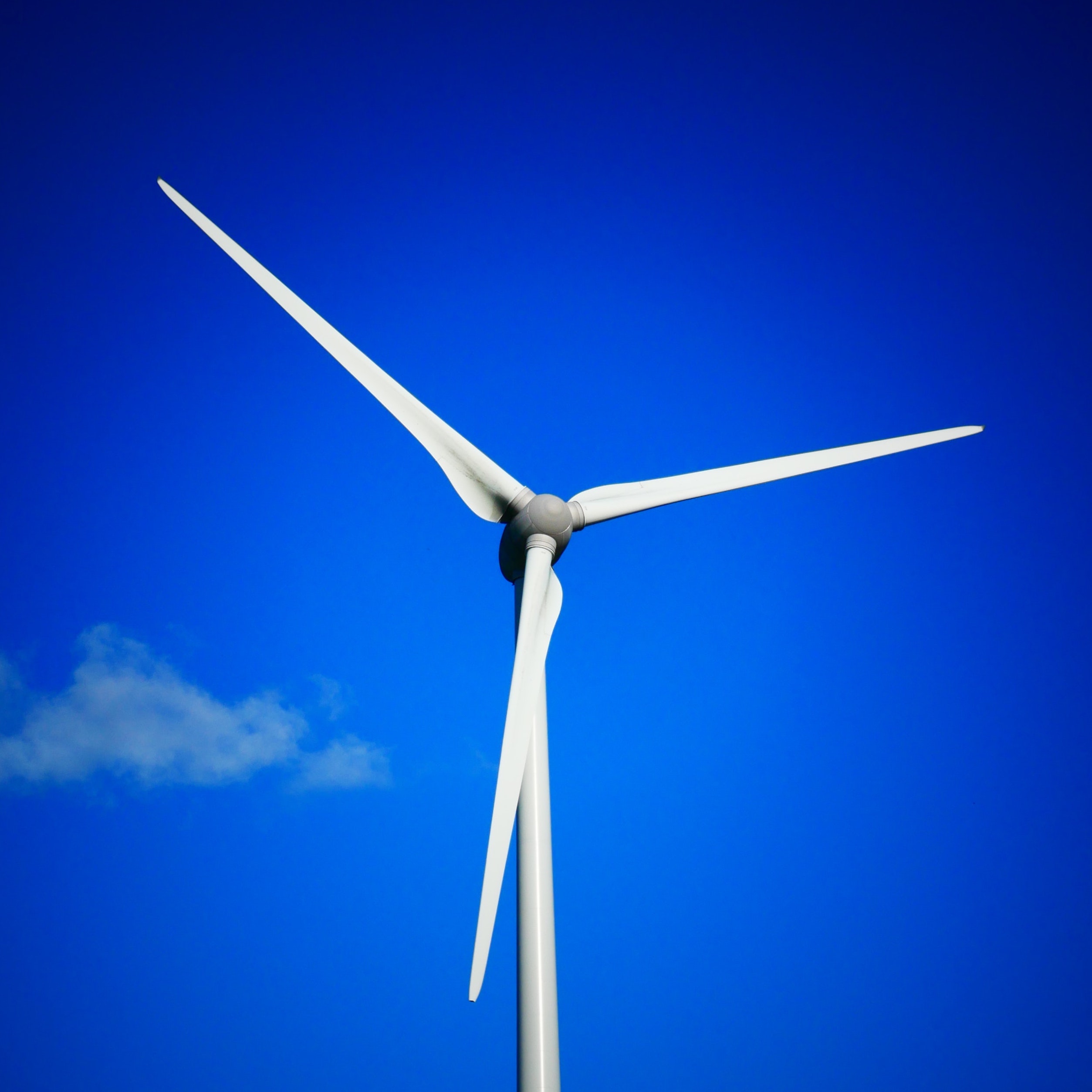No. 69: Consider using wind turbines
No. 69: Consider using wind turbines
Number 69
Learn why you should do this:
Wind energy is one of the fastest-growing renewable energy sources in the world. While wind turbines are often associated with large-scale wind farms, they can also be installed on a smaller scale, such as on school grounds. By installing wind turbines in schools, educational institutions can benefit from a range of environmental, educational, and financial advantages.
Environmental Benefits
Wind energy is a clean, renewable source of energy that produces no greenhouse gas emissions, air pollution, or toxic waste. By generating their own electricity, schools can reduce their reliance on fossil fuels and contribute to the fight against climate change. According to the Department of Energy, a single small wind turbine can offset up to 10 metric tons of carbon dioxide emissions per year. By installing several wind turbines, schools can make a significant contribution to reducing their carbon footprint.
Educational Benefits
Wind turbines can be a powerful tool for educating students about renewable energy and sustainability. By incorporating wind energy into the curriculum, schools can teach students about the science and technology behind wind power, as well as the economic and environmental benefits of renewable energy. Furthermore, wind turbines can be used as a hands-on learning experience for students, providing them with the opportunity to monitor and maintain the turbines, and learn about the engineering principles behind wind energy.
Financial Benefits
In addition to the environmental and educational benefits, wind turbines can also provide financial benefits to schools. By generating their own electricity, schools can reduce their energy bills and save money on electricity costs. According to the American Wind Energy Association, the cost of wind energy has dropped by more than 70% over the last decade, making it a cost-effective alternative to traditional energy sources. Additionally, schools may be eligible for state and federal incentives, such as tax credits, grants, and rebates, which can further reduce the cost of installing wind turbines.
Case Studies
Several schools have already successfully installed wind turbines, demonstrating the potential benefits of this technology. For example, Hull High School in Massachusetts installed a 100 kW wind turbine in 2011, which has since generated over 1.7 million kilowatt-hours of electricity and saved the school over $200,000 in electricity costs. Similarly, Iowa Lakes Community College installed two wind turbines in 2008, which have since generated over 13 million kilowatt-hours of electricity and saved the school over $1.5 million in electricity costs.
Conclusion
Installing wind turbines in schools can provide a range of benefits, including environmental, educational, and financial advantages. By generating their own electricity, schools can reduce their carbon footprint, teach students about renewable energy, and save money on energy costs. As the cost of wind energy continues to decline and state and federal incentives become more widely available, more schools may choose to incorporate wind energy into their sustainability initiatives.
Sources:
-
“Small Wind Guidebook.” Department of Energy, https://www.energy.gov/eere/wind/small-wind-guidebook.
-
“Wind Power in the United States.” American Wind Energy Association, https://www.awea.org/wind-101/basics-of-wind-energy/wind-power-in-the-us.
-
“Hull High School Wind Turbine.” Massachusetts Clean Energy Center, https://www.masscec.com/hull-high-school-wind-turbine.
-
“Iowa Lakes Community College Wind Energy Program.” Iowa Lakes Community College, https://www.iowalakes.edu/windenergy.

All 100 ideas in one, easy to share ebook. Download now and start helping your school be its best version of itself...
Downloaded over 17,000 times!

More ways to make a difference, now!
No. 98: Allow only reusable dishware at school
Number 98 Using reusable dishware at schools has many benefits, including reducing waste, lowering costs, and promoting sustainability education. Research shows that switching to reusable dishware can have a significant positive impact on the environment and finances...
No. 74: Set up beehives in the school grounds
Number 74 Setting up beehives on school grounds can have numerous benefits, including environmental, educational, and financial advantages. The presence of bees can help to support local ecosystems, provide opportunities for student learning, and even generate revenue...
No. 50: Use food waste digesters for fertilizer
Number 50 Food waste digesters are an effective solution to reduce food waste and produce high-quality fertilizer for schools. This sustainable system not only benefits the environment by reducing greenhouse gas emissions, but it also saves schools money on waste...





